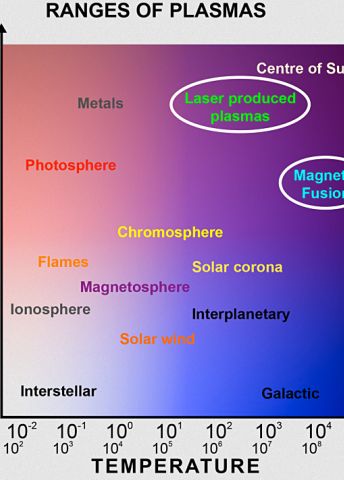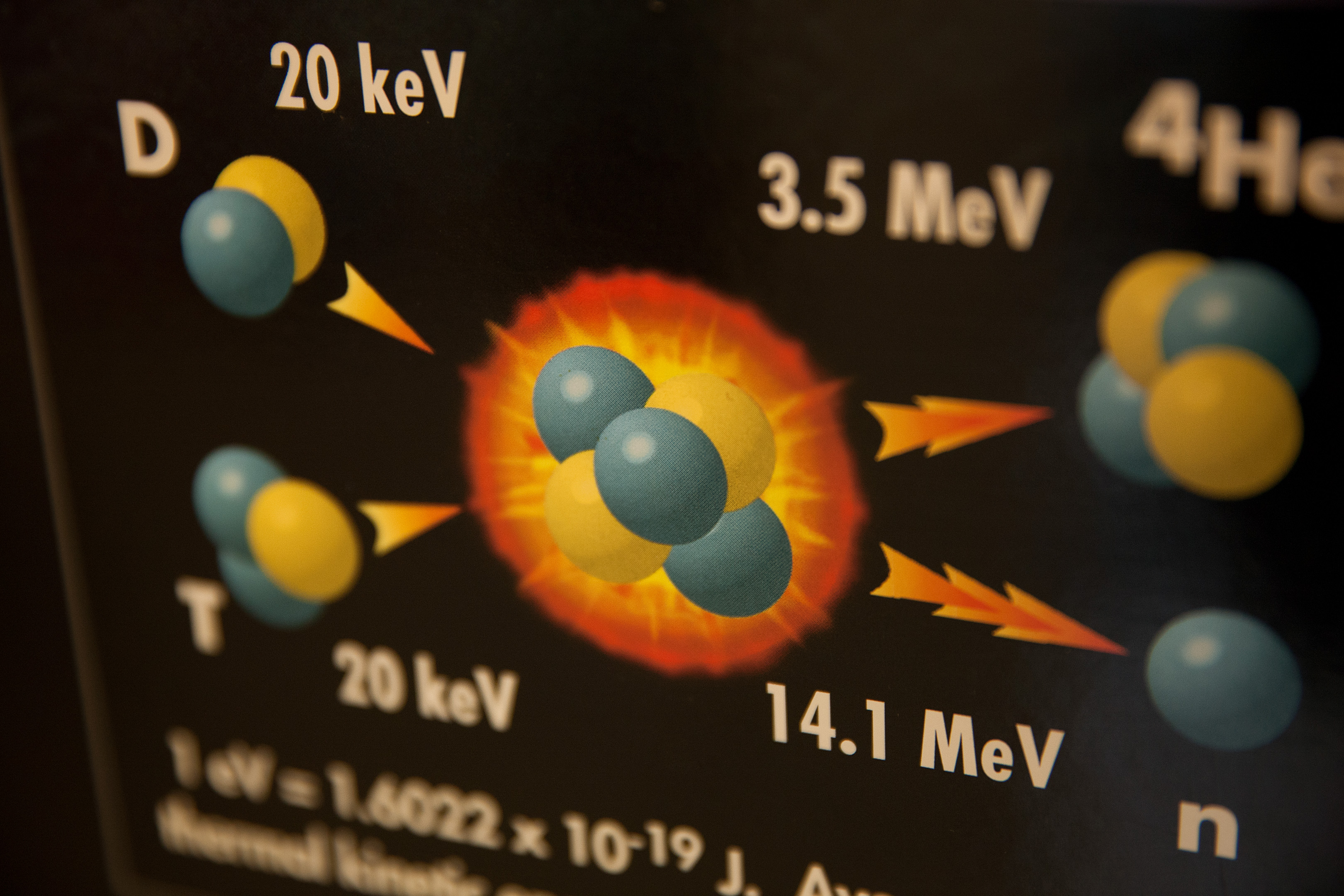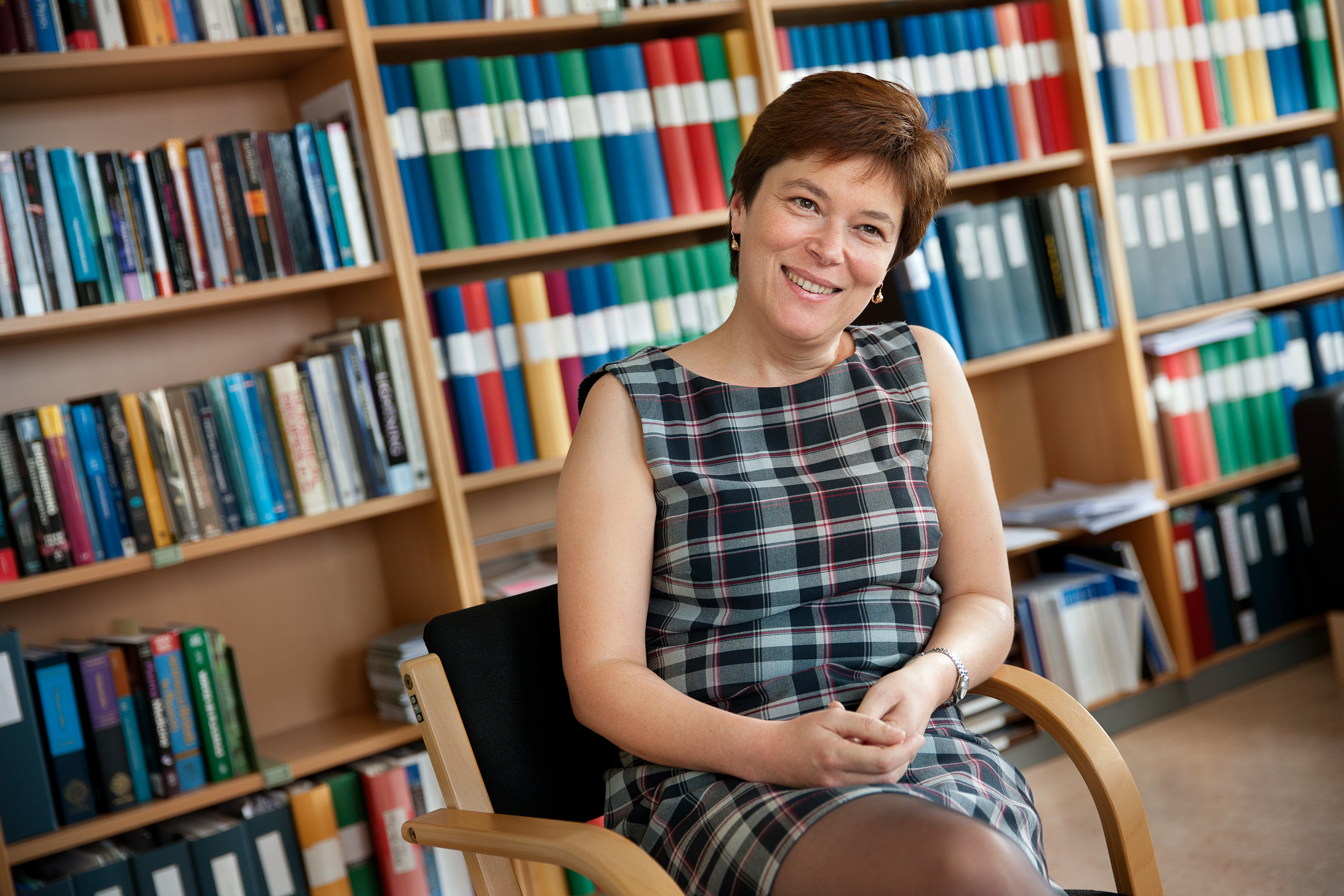
Project Grant 2013
Plasma based compact ion sources
Principal investigator:
Tünde Fülöp, Professor of Physics
Co-investigators:
Chalmers University of Technology
Mattias Marklund
Anton Ilderton
Umeå University
Gert Brodin
Lund University
Olle Lundh
Claes-Göran Wahlström
Institution:
Chalmers University of Technology
Grant in SEK:
SEK 38.5 million over five years
If something is radiated with ions, they have a unique property compared to x-ray radiation or electrons, for example. They release almost all of their energy where they stop, instead of gradually, or at the surface where they penetrate. This means that a very good precision can be achieved, as needed in e.g. cancer treatments. Deeply located tumors can be irradiated without the surrounding tissue being damaged.
The technique has been used for several decades, but it has a disadvantage: to produce ions with adequate energy, very large facilities are needed. They are expensive, and patient treatment is presently limited to only a few dedicated facilities in the world. One such facility is now being built in Uppsala, and it will be the first in the Nordic region. With strong electric fields, hydrogen ions, i.e. protons, will be accelerated there, over long distances to reach the energy required for the treatment.
Strong lasers converts material to plasma
But there is another way to produce energetic ions. Around 15 years ago, researchers discovered that if a thin layer of a material, almost any material, is fired at with high power laser pulses, the material’s atoms are ionized: some of their electrons loosen and are thrown off. The material is converted into plasma, kind of like a gas consisting of charged particles. The electric voltage that arises between the electrons thrown off and the positive ions pulls the ions out of the material and gives them high energy.
Researchers at Chalmers University of Technology, Umeå University and Lund University will investigate this process in detail in the next few years.
“A plasma-based ion source would be a compact facility where just a fraction of a millimeter will be needed for every meter needed today. It could become much less expensive. This has a huge potential, but today the ions do not get high enough and specific energy. We have to learn to control them better.”

This is according to Tünde Fülöp, Professor of Physics at Chalmers. By specific energies, she simply means that the ions will need to have exactly the energy desired. Today, the researchers cannot predict exactly what results they will have from one time to the next, and then the ions are not as useful.
Protons important for medicine, material and space technology
The most powerful high-intensity laser in Scandinavia is at Lund University, and it is there that the experiments and measurements will be conducted. A large part of the theoretical analyses are being done in Gothenburg and Umeå, and new experiments are being planned.
“When we understand what happens, we can design new experiments, where we get higher energies and a smaller energy spread. Today, we are not near the radiation qualities obtained in conventional accelerators. But it is a technology that on the long term could revolutionize the field,” says Tünde Fülöp.
The project has the goal of designing better experiments and theoretical models to increase the efficiency and radiation quality in plasma-based ion sources. One thereby gets closer to practical applications in medicine, engineering and natural sciences. For example, protons can be used to screen and study various materials, to process nuclear waste so that it will be less long-lived, and to develop new energy sources. Energetic protons are also important to the aerospace industry, since they constitute a large part of the cosmic radiation that can damage satellites and other equipment in space. With protons in laboratories, studies can be done of how the damage arises and new materials can be developed that endure the stresses better.
Unknown processes explored
The researchers in the new project will experiment with the power of the laser, the number of laser beams and what materials are fired at. But they will also study fundamental physical processes occurring in laser-matter interaction, besides ion acceleration.
“They are very fast processes and one has to be creative in the measurement methods to see what happens. It is most often impossible to measure directly in the material, rather one looks at what comes out and calculates what may have happened,” says Tünde Fülöp.

The interest in these processes is great and Tünde Fülöp is counting on the Swedish researchers collaborating with colleagues elsewhere in the world, including Oxford. She laughs a little when she admits that if the administrators at Chalmers could have decided, the project would have been set up with concrete numerical targets, such as how much higher efficiency that should be achieved in the ion production. But the researchers in the project resisted.
“Of course, it’s because we realize how difficult it is to achieve. But because it is difficult, does not mean that we won’t succeed!”
Text Lisa Kirsebom
Translation Semantix
Photo Magnus Bergström


